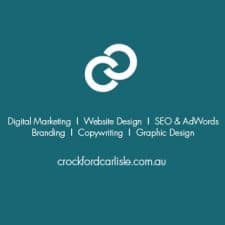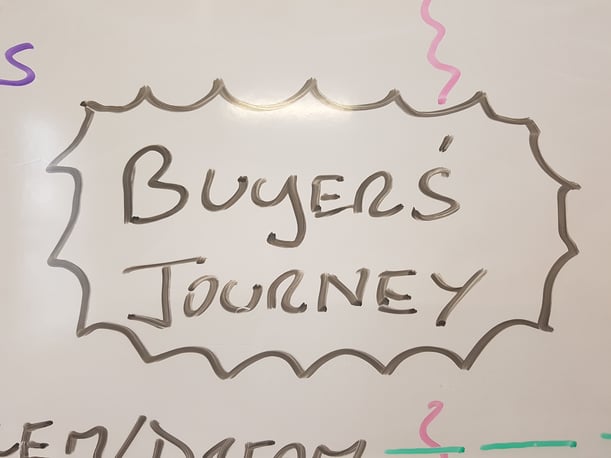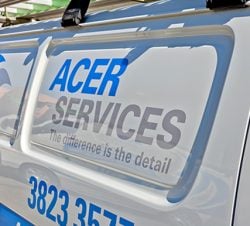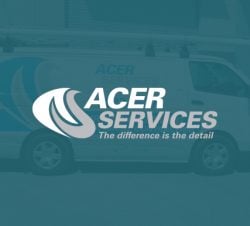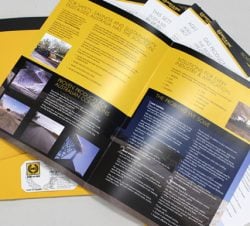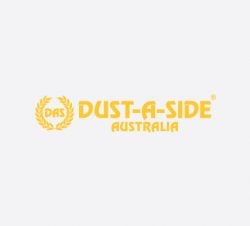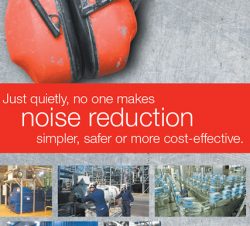In this video, we give you insights into the type of content you can put on your website that will make you more relevant to more people in Google’s search results.
We’ll look at the Buyer’s Journey, and why you need to walk in your customer’s shoes when writing content for your blog. Enjoy!
{Video Transcript}
Hello and welcome to this quick Marketing Talkabout.
Today we’re looking at how people search on Google, and what you can do to increase the chances that your website is going to be the one that they find.
It is important that you get this right. Your Content Marketing strategy depends on your website giving your potential buyers the information they are looking for, in a way that builds trust in your abilty to meet their needs as a supplier.
Google doesn’t find websites. It finds web PAGES
It is important to remember that Google doesn’t look for websites in its search results. It brings up web “pages”.
In fact, the days of your Home Page being the place that they mostly land are GONE!
Google will bring up the internal page or the blog post that is most relevant to the “search terms” that the person is typing into their search.
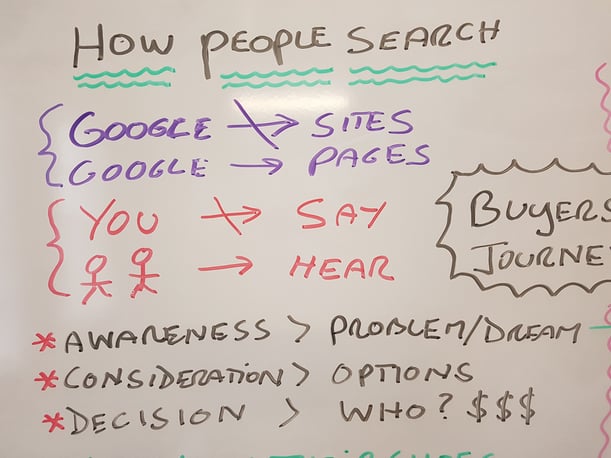
So that’s one thing to remember. Google is not looking for sites, Google is looking for pages.
Then the next thing therefore, which is where you can REALLY do well, is not what you want to say to people, it’s what, “people need to hear from you”. That is what you need to think about when planning your content for your website.
SEO and the Buyer’s Journey
‘The Buyer’s Journey’, it’s right here in the middle of this illustration, as everything springs from that.
It applies to every single one of us when we buy ANYTHING! We move through three stages:
- AWARENESS
- CONSIDERATION and
- DECISION
The AWARENESS stage
This is when people are first waking up to the fact that they have a problem they need to have solved, or a dream they need to have fulfilled.
- It could be that the problem is, “gaining more efficiency in their office”.
- Or the dream might be, “I’d like to go to France or Greece on holiday”.
And that, remember, is the ONLY reason that people buy anything from you or me or anybody else — they perceive that you can solve their problem or fulfil their dream.
The language of your website needs to be focussed around that.
Now for the CONSIDERATION stage
Now they have:
- Done some research,
- They have done some reading,
- They have talked to some friends,
- They have looked on some websites.
They are now considering their options on which way to go. They know what they were looking for, now the funnel is narrowing to look at options.
AND finally, they get to…
The DECISION stage
They are now thinking/deciding WHO are they going to spend their money with.
I have to say to you, that when we analyse websites, (which is what we do when we first start working with a client), we most often find that the website is well structured to reach people at the bottom of the funnel at this decision stage — but often opportunity is being lost in the EARLY STAGE.
And it is something that you need to keep in mind.
What content will attract more buyers to your website?
So, how do you come up with the content that will attract people at these early stages?
You need to walk in their shoes.
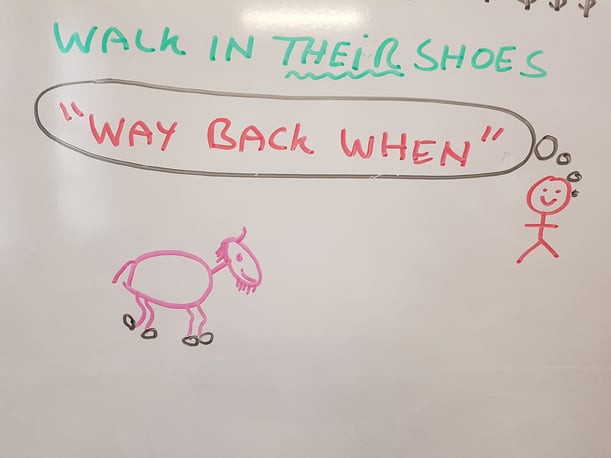
That’s nothing new, we have been saying that in marketing forever!
It’s really hard to do though, because, you know so much about what you do.
- You understand your products,
- You understand your services,
- You understand your technical specifications and
- Much more.
And content at that level is fine for the people at the Decision Stage.
But, for people earlier in the Awareness and Consideration stages…
- They don’t know anywhere near as much as what you do and
- They are not searching with the same depth of knowledge that you have.
What you need to do is to go to a place called, “Way Back When’, that’s way back, when you didn’t know, as much as you know about what you do.
It was only one goat
I will just share a little story with you about a guy I met who was asking about digital marketing. It was a while back now, but he was in the agricultural business.
He had breeding goats which he sold, and he was wondering about searches and Google and marketing generally.
He was wondering about how people searched for goats for sale, or herds of goats for sale. I was just chatting with him about breeding goats and he specifically said that he had a breed of goat that had a high meat yield, and that’s why people buy them.
So, I sat down and Googled while talking to him, and typed in “Which breed of goat has the highest meat yield?”
And he said, “Oh no Jerry, my customers already know that.”
And I explained to him that this was where he was going wrong.
True, people at the decision stage knew which breed to look for.
But I explained that earlier in the buying process, people are searching for the kind of problems like, “low meat yield”, and the light came on for him. He said that was how he came into the whole business in the first place. He had a small flock of goats, he had a low meat yield and he was searching on Google on how to increase the meat yield on his goats.
He was looking at different feeding/pasturing, (thinking that was the problem) and he finally found, as he moved through the sales funnel process, that the particular BREED of goat was the problem, NOT the feed.
Think about that with your business.
What information can you provide that people need to know about when they’re early in these stages of looking to solve their own problems.
Let’s progress this now as we look at the Buyer’s Journey…
What about people who are not even aware that your type of solution exists?
At the Awareness Stage, while they might be problem aware, they may not be what we call, “Solution Aware”.
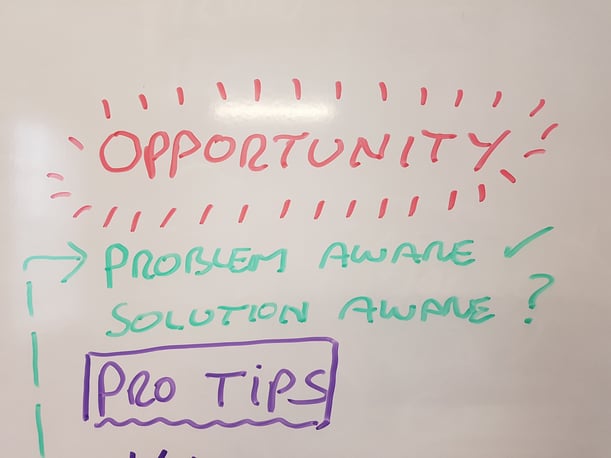
Again, another story for you.
I ride a push bike to work each day, and some time ago I was getting lower back pain. It was taking the joy out of my rides.
So, I went to the Google machine and I Googled “lower back pain on a bike”.
- I was aware of my problem and
- I thought I was aware of what my solution would be.
So, I was looking for things that I thought I knew would cause the pain. Things like, saddle height, crank length, handle bar width.
But what I DIDN’T know was that there was a solution out there for me, that I didn’t even know existed.
It turned out that some Chiropractors and Physios are specialists in what they call a “Bike Fit”.
You can take yourself and your bike there. They put you on a stationery rack on your bike, they video you and then they will move things around to make sure that you are comfortable on your bike.
But that was interesting, because when I began my journey, I was aware of my problem, but I was not aware that that solution existed. But I found it as I was searching and moved down through the funnel and ended up handing over my $300 for a bike fit and the problem was solved.
Just think about with your business.
Think about what people might be looking for, without even knowing that they are even looking for you — and what content you can put on your blog and your website that will catch those people and engage them.
Pro Tips on how to go “Way Back When”
So to wrap this up, here’s some pro tips on how to walk in your customers’ shoes and go “Way back when”.
-
Listen to the language your customers are using
Talk to your sales team and get to proactively listen as they are talking to potential customers.
Listen to the ACTUAL words they are using.
For example, you might know that your product is made of polyurethane, but to the person who doesn’t know, it may be ‘plastic’.
And they may be searching for a
- ‘plastic door stopper’ when they should be searching for a
- ‘polyurethane door stopper’.
If that’s the case, have the keyword “plastic” on your website so that they can find you.
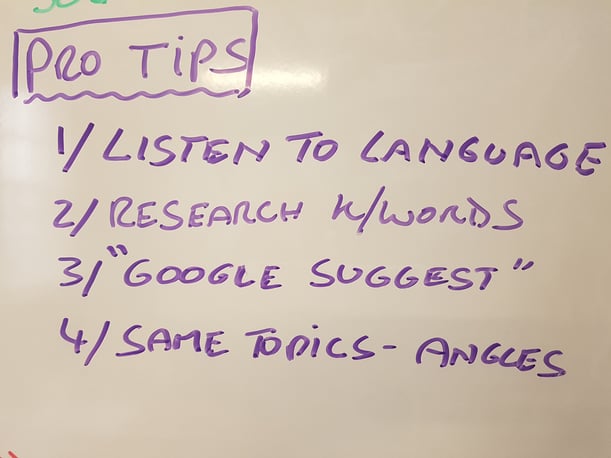
-
Research your keywords.
Research the keywords that people are using. Use the Google Keyword Tool and the other tools that you can use to find the common keywords for your sector that people are using.
Then, shape the content to catch those searches.
The other one to use is Google Suggest, as it is really handy.
If you have gone to Google and you start typing a search phrase, (as in a group of words), and it will drop down with a row of suggestions. You can use that a lot.
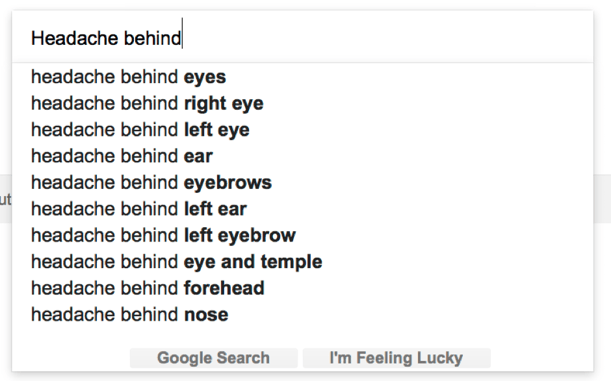
For example, let’s say that you were a chiropractor and you help people with headaches. What if you were to sit down and type into Google suggest and type in headache and see what drops down.
- There may be a whole lot of people putting in “headache behind the right eye” then you need to have content about that.
- If they are searching for “headache behind the left ear” then you also need to have content about that.
- If they’re searching for “headache behind the right knee” then you will probably worry about those people.
By the way, we have an eBook that you may want to read. Here’s a little “call to action” that you can use and it’s called ‘Turning Prospects Into People’.
It helps you to understand that “prospects” can be looked at as “people” and explains the way they search, and how you can interact with them. We strongly recommend that you get it, as it will be very helpful for you.
Digging a little further into Google Suggest here, let’s say you are an electrician; put “switchboard for… ” and you may be amazed at the kind of searches that people are making.
If you are a goat breeder: “best feed for high meat yield… ” or “best feed for… ” and see if you can see what people are searching for.
If you are in the safety business: “Safety harnesses for… ” but let Google Suggest TELL YOU the real data of what people are searching for.
-
Revisit the same topics — but from different angles
Don’t hesitate to revisit the same topic from different angles. For example, on our own website, we talk about ‘Inbound Marketing’ but I’ll have a blog:
- About Inbound Marketing,
- About Sales Funnels,
- About How People Fill Out Website Forms,
- About How To Reduce The Workload Of Your Sales Team, and
- About How to Generate Sales Qualified Leads.
They are all in a similar topic area, but they are all answering different questions that people have that they are asking Google, so we can catch them as they move through the Buyer’s Journey and become visible in search.
Final words about the website content you use for SEO
You will make more money if you can give people what they want.
Don’t try to give people what you have – give them what they want — and use that philosophy as your guiding light for your SEO strategy.
Structure your website that way and you will find that your sales funnel will really start to sing. You will generate the Sales Qualified Leads that you are looking for.
Website content writers in Brisbane
If you’d like to increase the search visibility of your website, lift your traffic and increase your leads each month, please call us on 07 3891 3800.
We assist businesses throughout Australia, and we’d love to have a chat to you about high quality, custom content — written specifically for your business and for your Buyer Personas.
We can also advise on your overall SEO strategy, to ensure that you are on top of your game for growth and profits.









